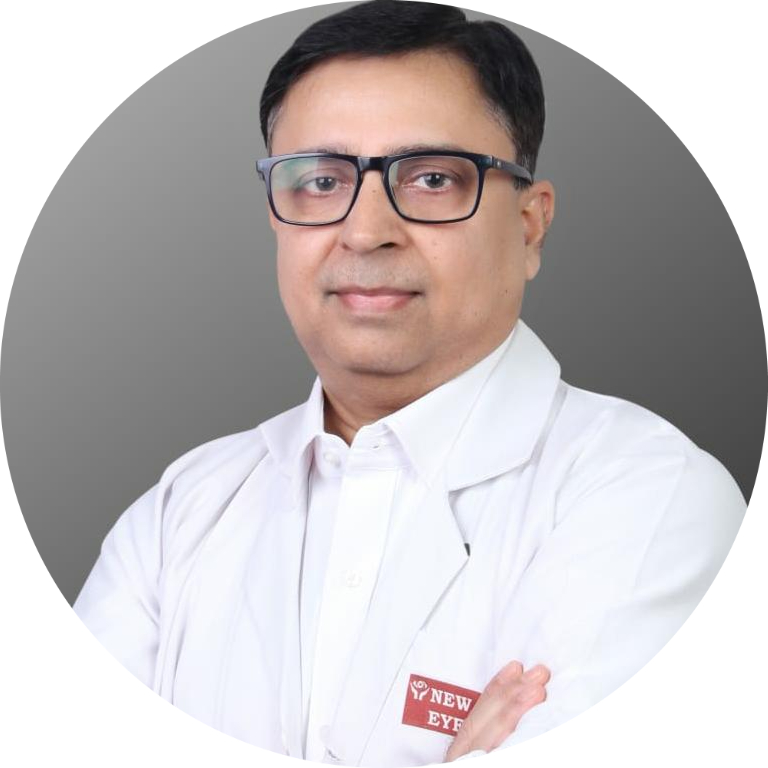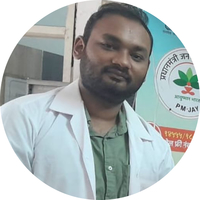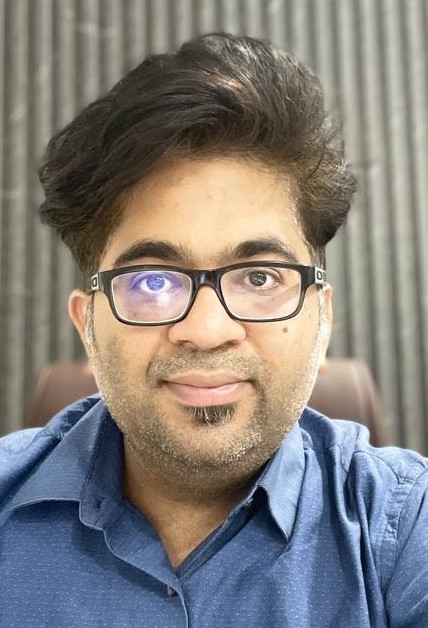Hyperopia is a common eye problem in which one can see objects that are far away clearly but has trouble looking at objects that are nearer to them.
In people who are born with this condition, the eyes are better equipped to focus on objects that are at a distance, while things that are closer can appear to be blurry. This happens either because the cornea (outermost layer) of the eye is not curved enough or if the eyeball is smaller than normal.
You may have seen either children or adults squinting to see nearby objects. It is a common trait among children with mild to moderate levels of hyperopia.
Also known as hypermetropia, farsightedness or long-sightedness, this condition is quite common among children: approximately 10 million cases of hyperopia are reported in India in a year alone. (Read more: Vision problems in babies)
That said, refractive errors as a whole are quite common in India: studies show that 8-10% of Indian children, especially school-going children, have various types of refractive errors, including hyperopia, myopia or nearsightedness, and astigmatism.
Hyperopia can make tasks like reading and working on the computer difficult. But the problem can usually be fixed with spectacles, contact lenses or eye surgery like LASIK.
Read on to know more.

 Doctors for Hyperopia (Farsightedness)
Doctors for Hyperopia (Farsightedness) 












































